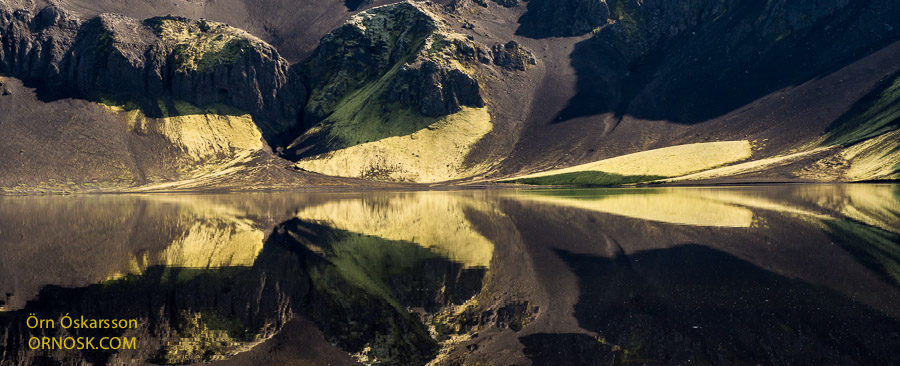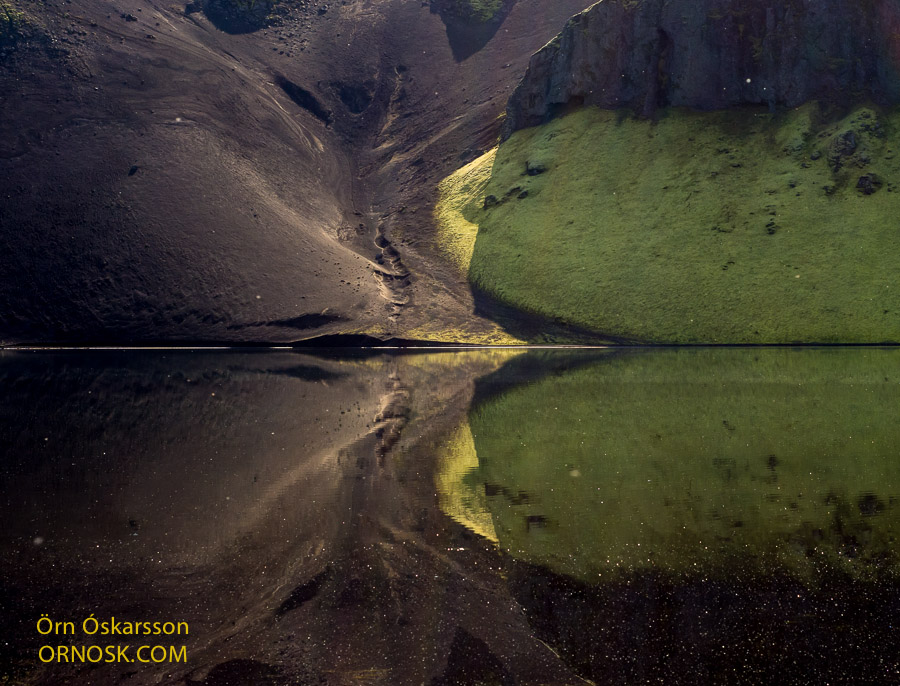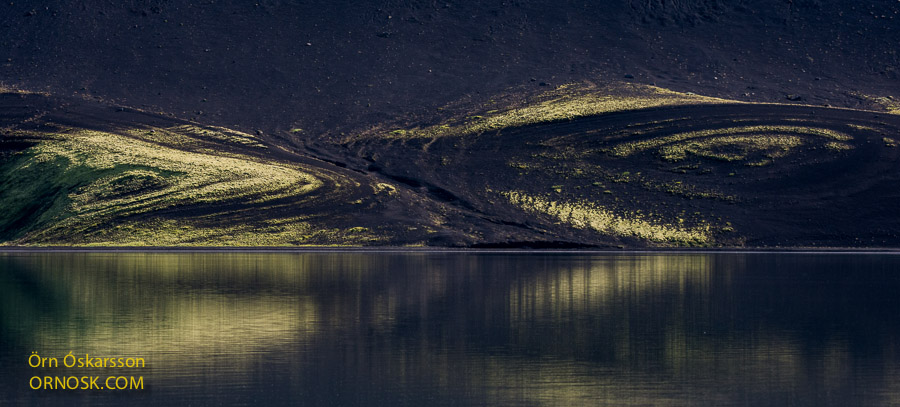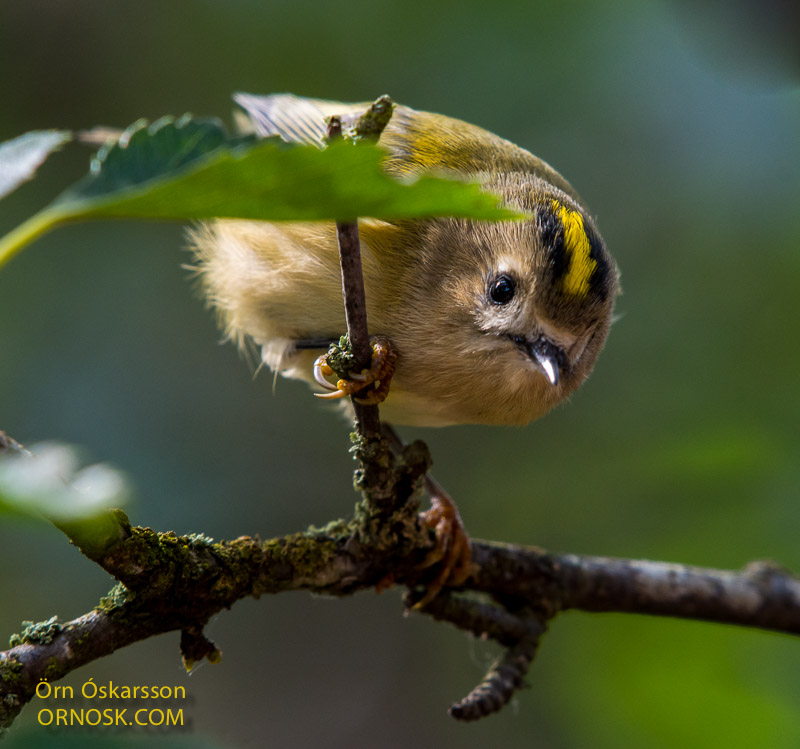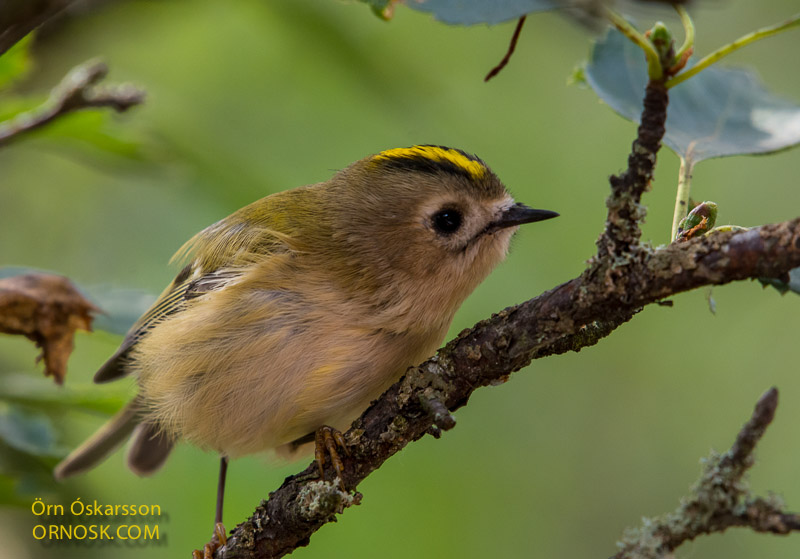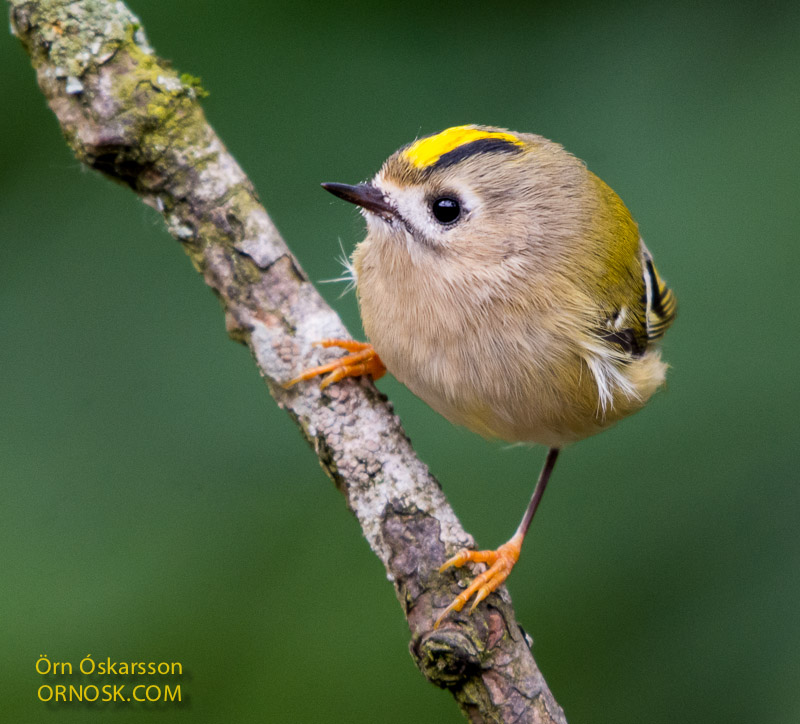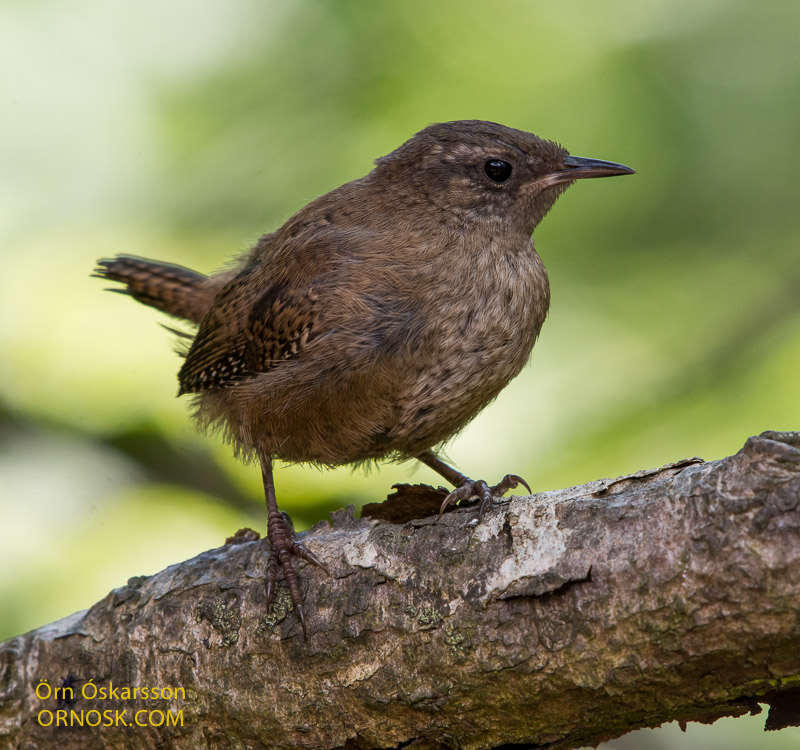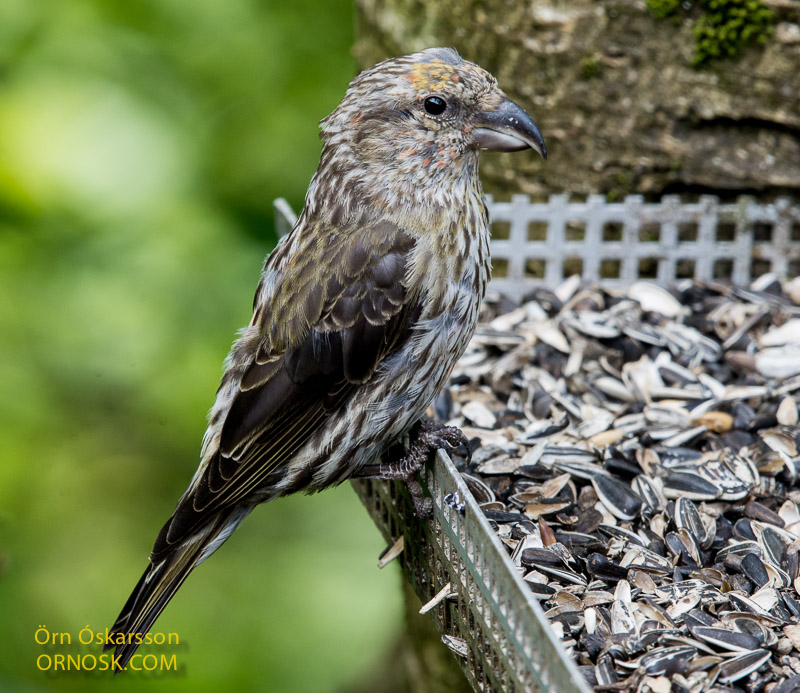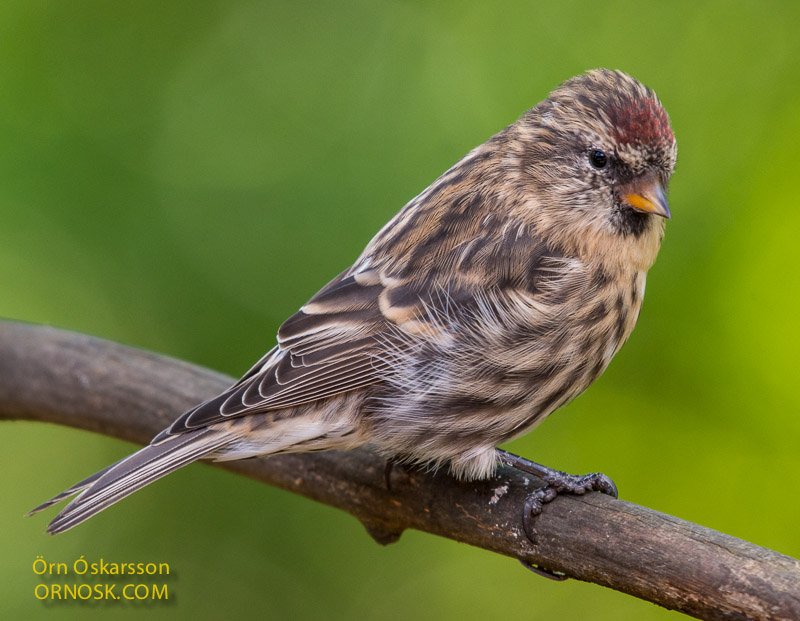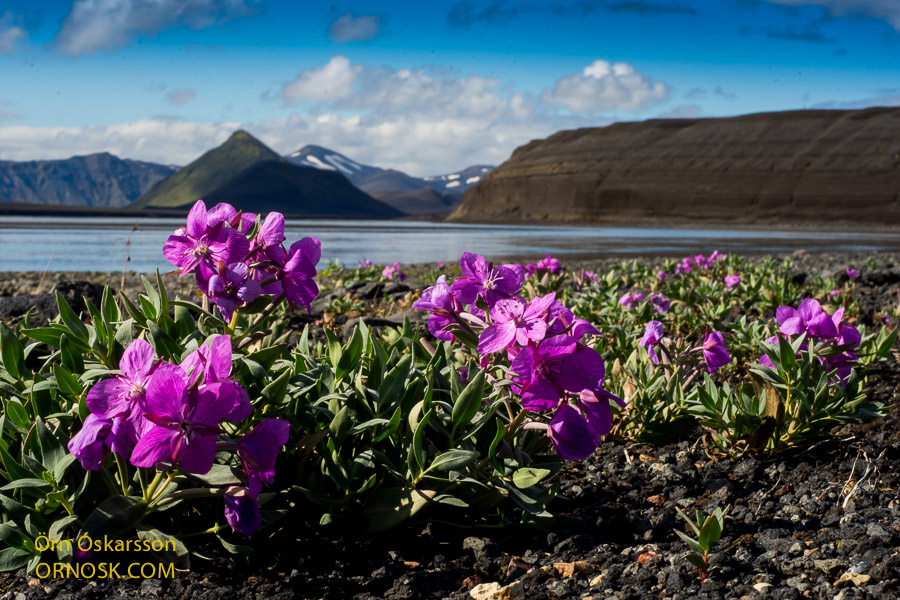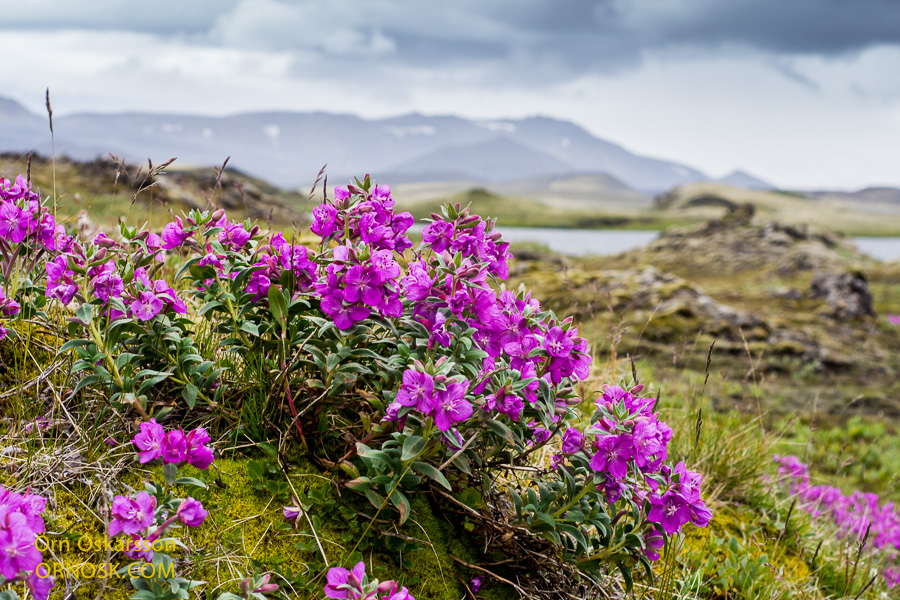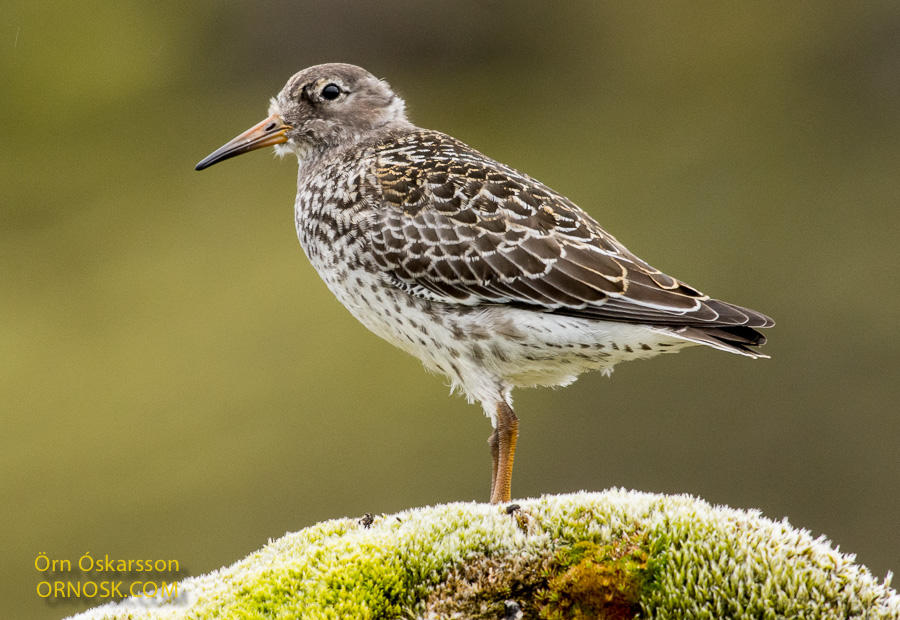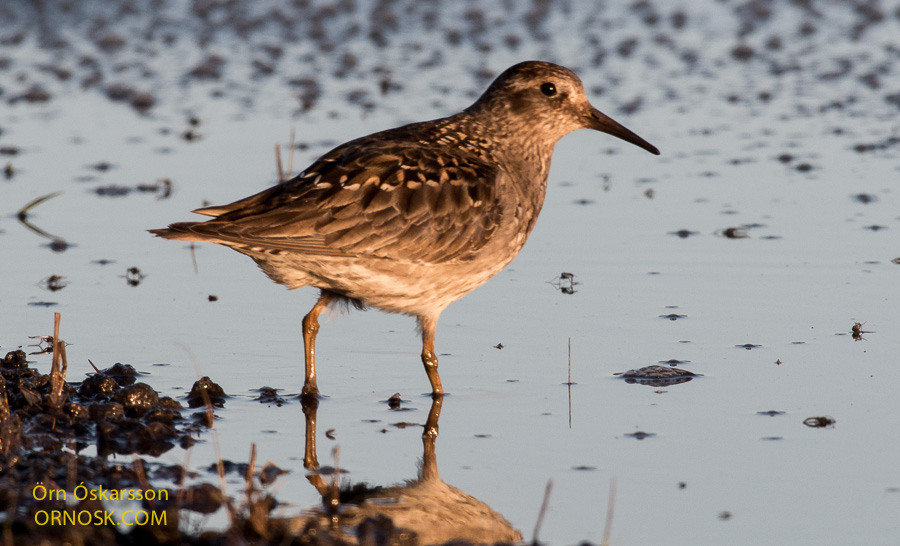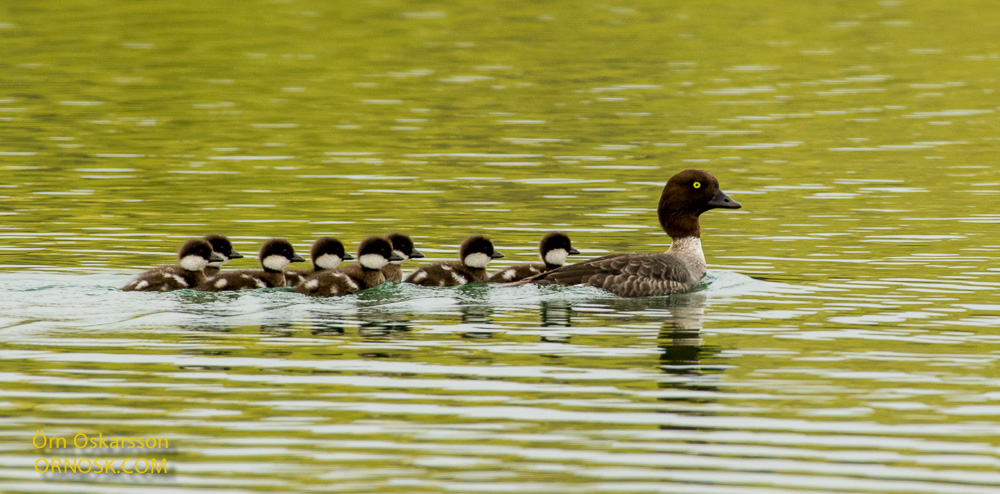
It is late August in the highlands and already autumn. The seven Ptarmigan chicks we came across were so small that we worry they will not make it through the winter. After about a month the first snows can be expected.
The Ptarmigan is well adapted to the Icelandic climate and will stay in the highlands until the weather becomes so bad they can not find food. Then they will move down to the lowlands and survive the winter if they do not fall prey to predators such as foxes and falcons, not to mention the greatest threat of all – the man.


